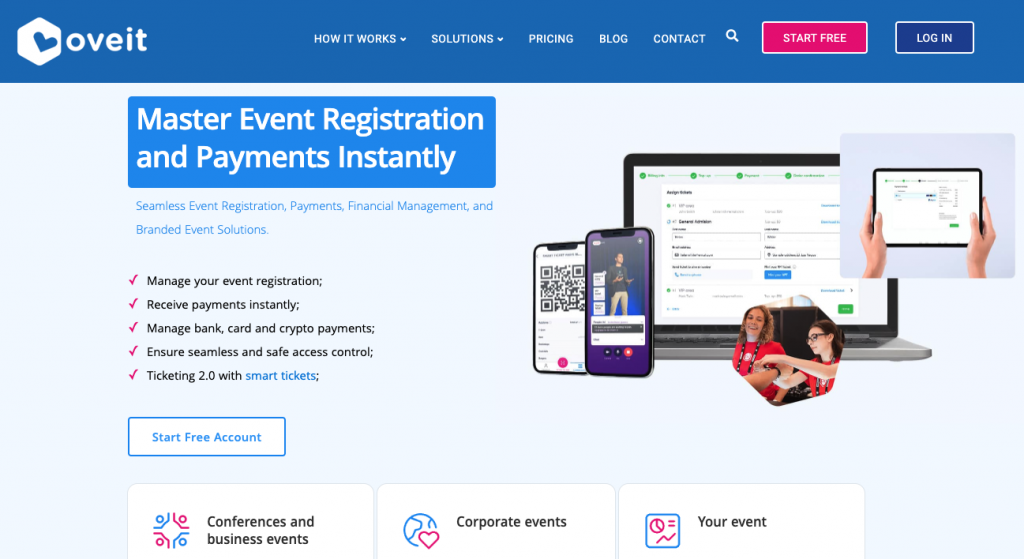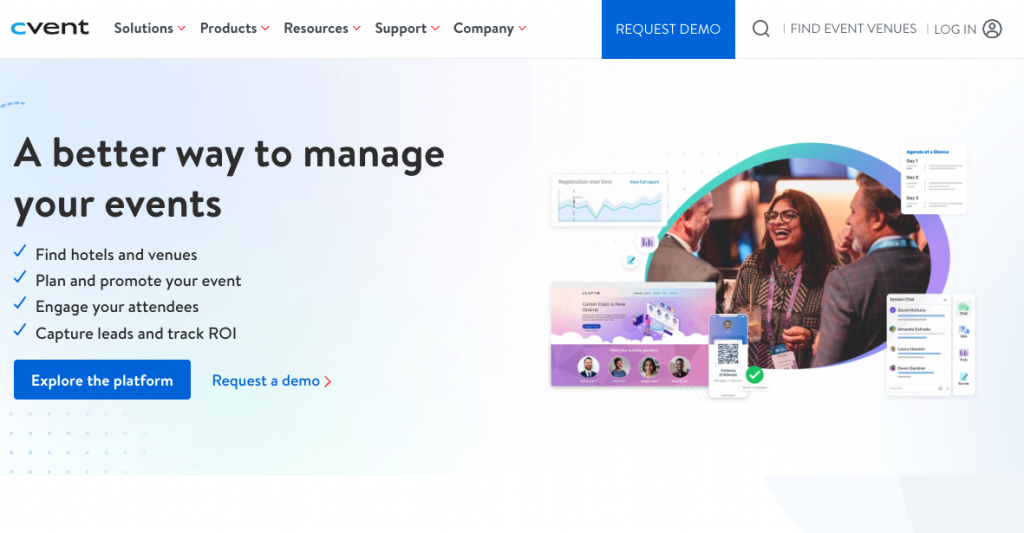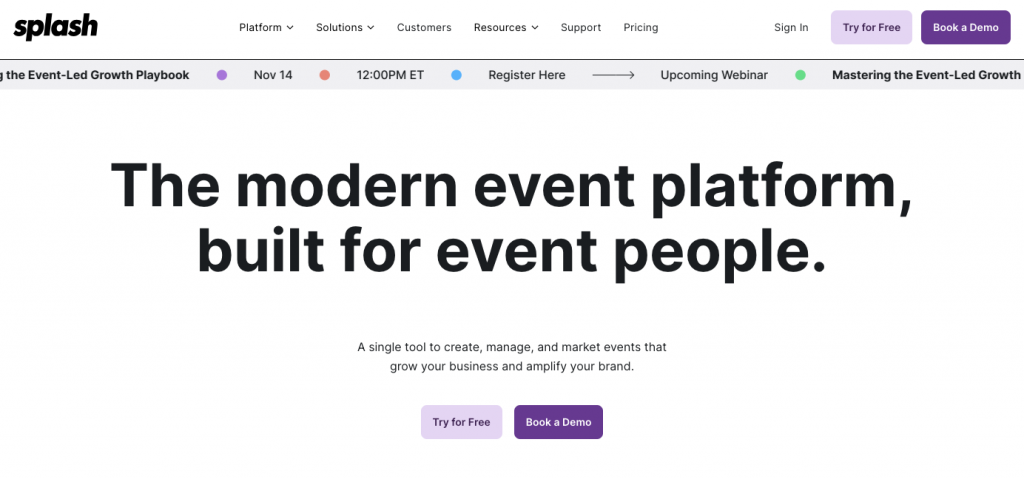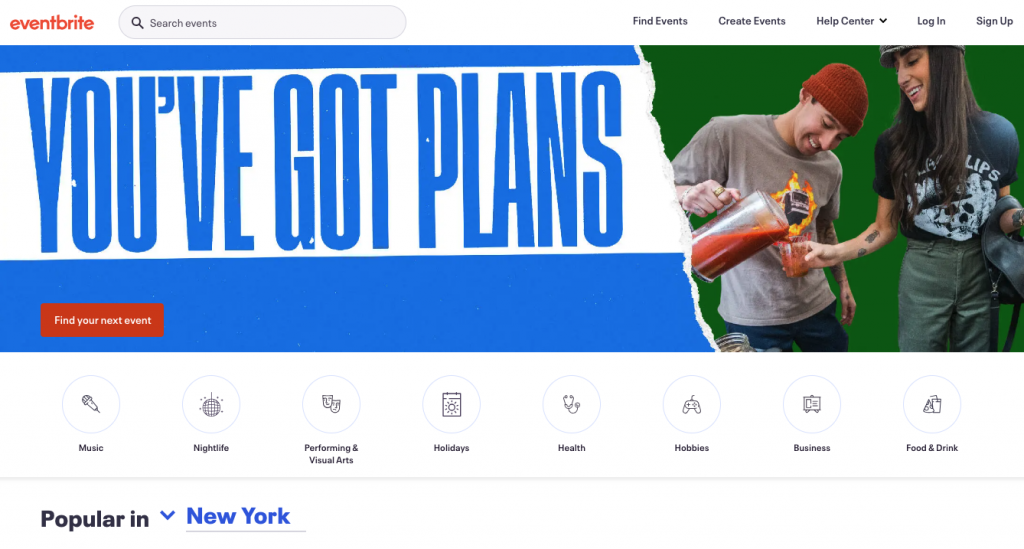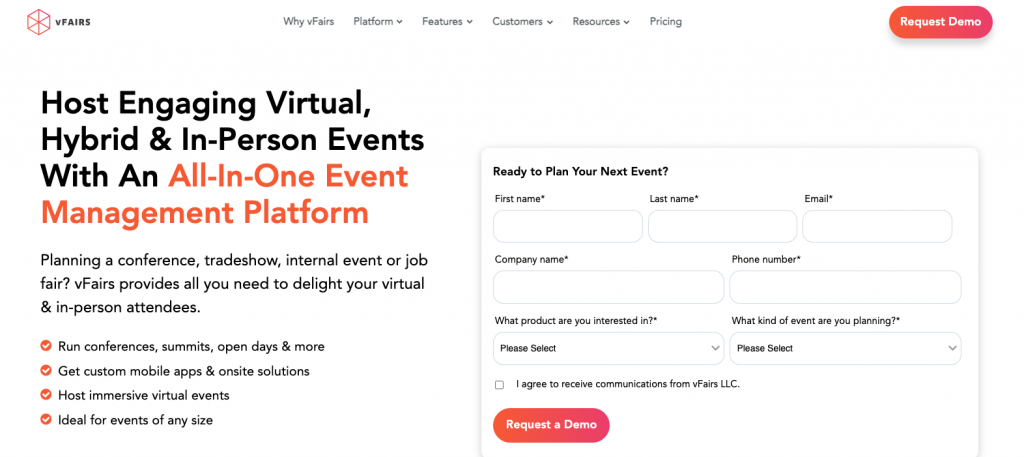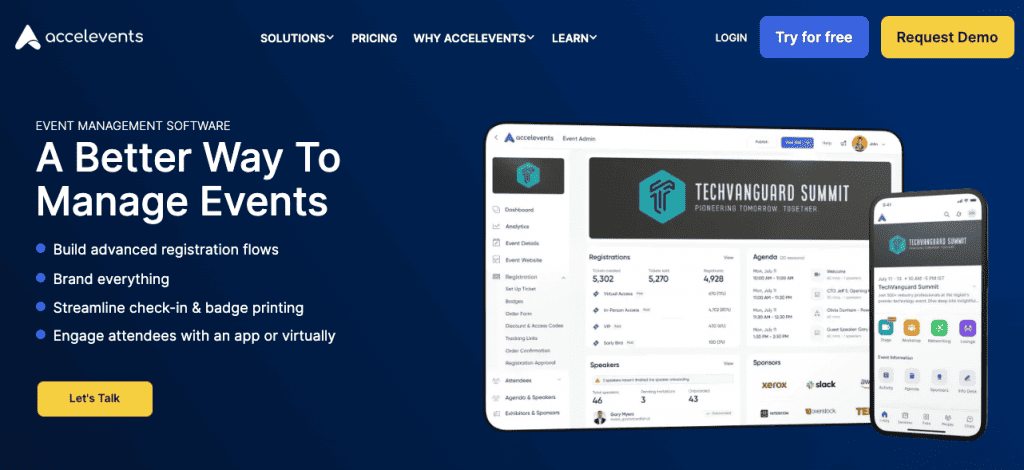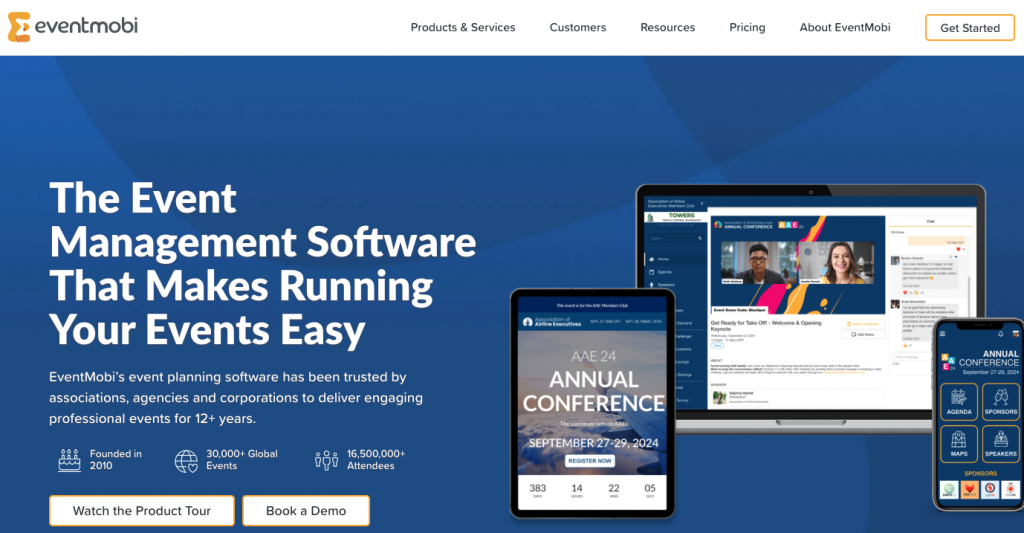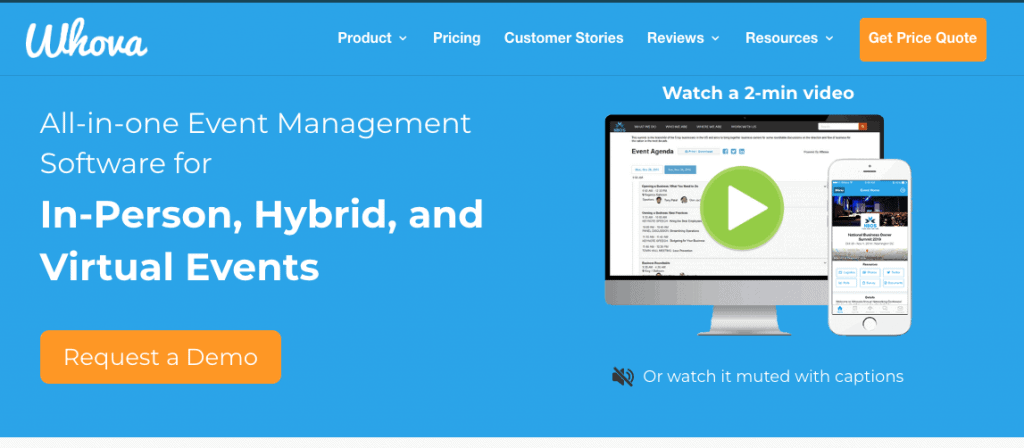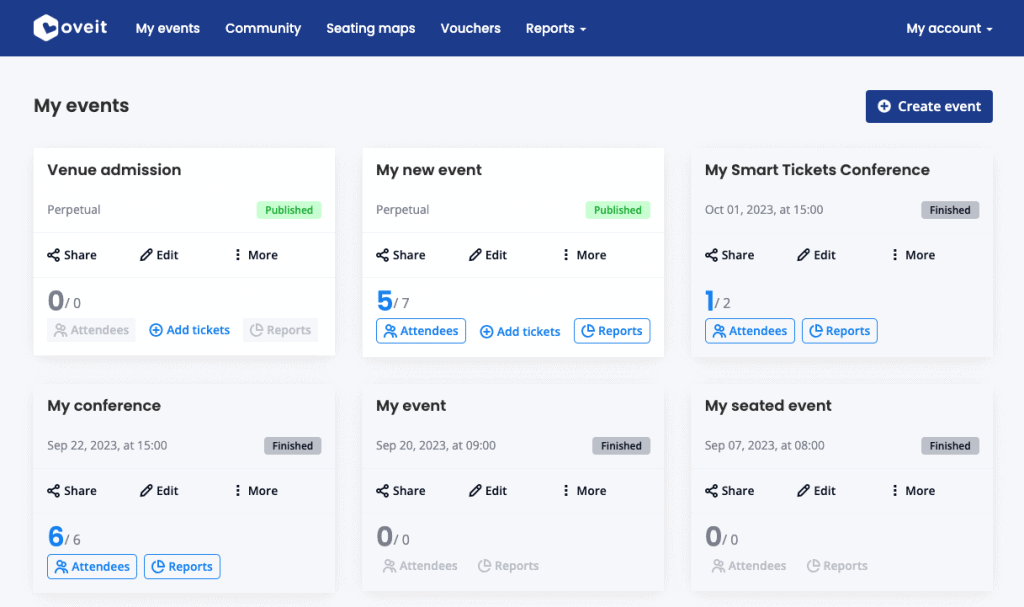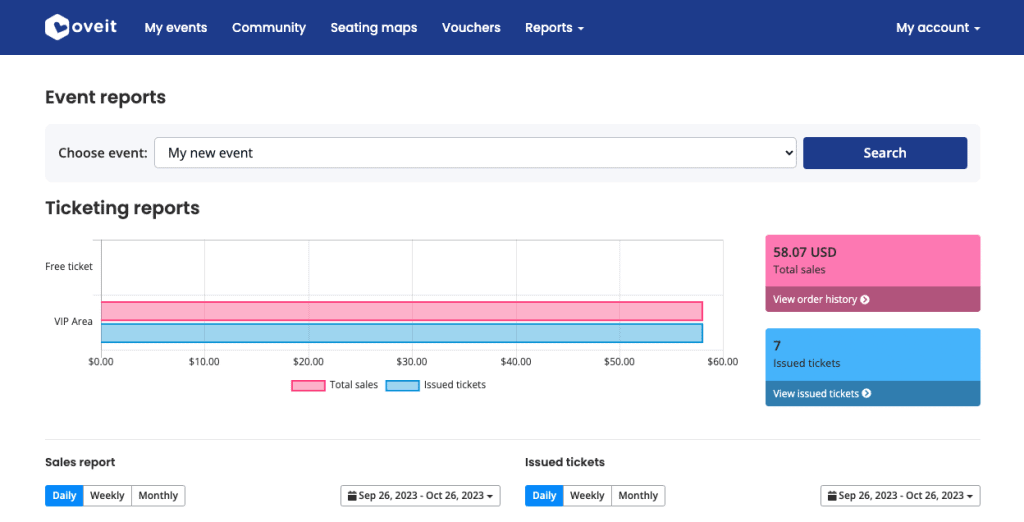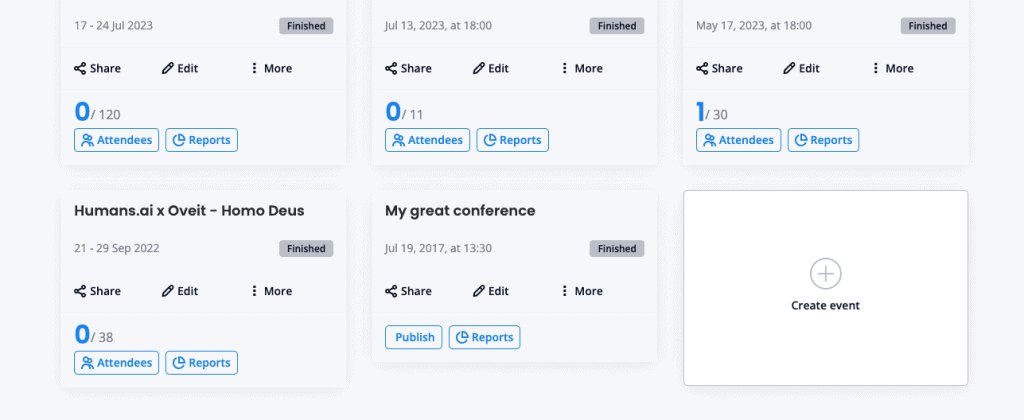Convenience means having everything in the same app, right? I beg to differ and here’s why, especially when it comes to event management:
Jack of all trades, master of none
An app that tries to be everything to everyone often ends up excelling at nothing. When a platform packs in a lot of features, from event registration to networking to virtual events and beyond, the depth and expertise in each tool decreases drastically. It’s like a Swiss Army knife with too many options – it might do the job, but it won’t do it well. Actually, when it comes to technology, the complexity is exponentially higher. The chances you will get it right on any given task are much smaller.
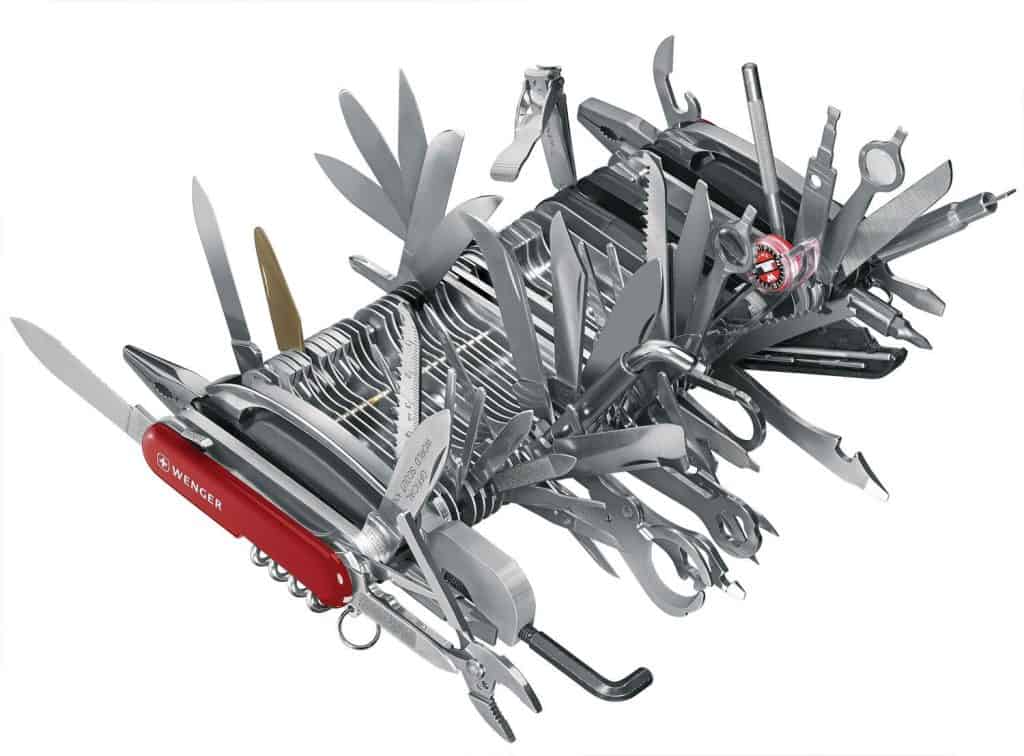
Maintenance is costly and you are paying for it
Maintaining a lot of features within an all-in-one platform takes a lot of effort. From understanding customer problems to designing, implementing and maintaining the solution – this is hard. You might not know this but the cost of upkeep and development is passed onto you, the end user. What’s even worse is it often results in compromised quality across the board. Developers’ focus becomes divided among numerous features, frameworks, legacy code. This draws attention from building strong, core, easy to use solutions.
Imagine investing in an event management app that promises everything from virtual events to networking capabilities to ticketing and registration. And it has a CRM. And provides hotel bookings. And they will surely come to your office riding a pink unicorn.
Sounds cool, right? Well – just think of the complexity of social networking. The 7th largest global company, a company worth more than $800 billion does just that (Yeah, that would be Meta). Think about this when the next platform says it does “networking too”. Specialized networking apps, such as Brella and Grip, focus solely on building connections, and they are great at that.
Integrate specialized tools – it’s a lot simpler now
If you choose to integrate specialized tools it will empower your experience to improve exponentially. This way you can curate the perfect suite of solution. Imagine the Avengers, but for event planning.
Instead of being tied to the limitations of an all-in-one platform, organizers can handpick tools that work great in their area.
These specialized tools can integrate into a streamlined system. This way you can use their individual strengths without compromising functionality or user experience.
Innovation comes from focus and specialization
Specialized tools are agile in adapting to evolving industry trends. They pave the way for innovation by focusing and honing in on specific problems. Unlike all-in-one platforms, which struggle to keep pace with rapid changes across multiple features, specialized tools can embrace new technologies fast. This helps your event stay at the forefront of innovation and deliver better experience.
Specialized tools for events just fit better
Think of specialized event tools like a perfectly tailored outfit—they fit just right! These tools, whether handling event registrations, payments, or access, are like having the perfect tool for each job. They make things run smoother than a greased-up slide. By being laser-focused on their specific tasks, they ensure everyone has an easier and more enjoyable time.
They’re like serving up a gourmet meal instead of a confusing buffet.
Flexibility – like yoga for events:
Specialized event tools are the yoga masters of event management – super flexible! As your event grows or changes, these tools bend and twist to fit your needs.
At Oveit, we believe in the power of focus.
While the allure of all-in-one platforms may be tempting, we are committed to building specialized tools that excel in their functions. We understand that event registration, streamlined payments, and seamless integration are vital for our part in the experience economy (that’s fancy talk for “your event”).
Our approach is simple and we think it’s powerful: we specialize, we streamline, and we connect.
Our goal is to build the perfect event registration processes and make it intuitive, flexible, secure, and efficient. Our payment solutions are designed to streamline transactions and make the attendee experience seamless and hassle-free. Additionally, our robust API empowers you to connect with other tools. This way you can create your tailored ecosystem that fits your unique event needs.


